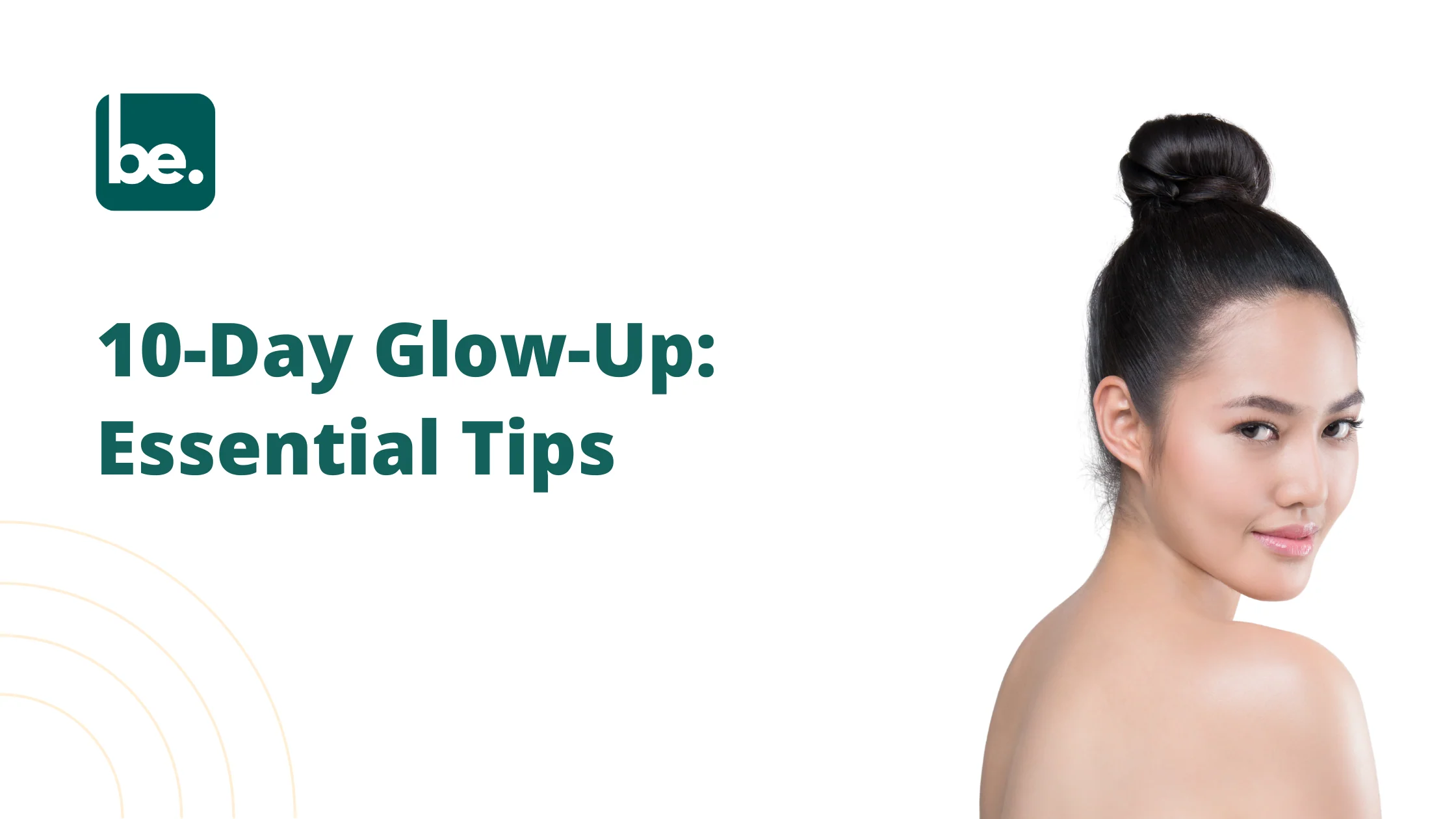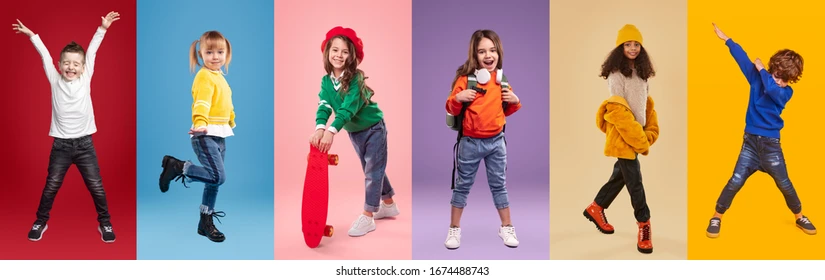When you ride a bike, a jacket isn’t just fashion — it’s protection, comfort, and performance. A proper riding jacket can:

Prevent or reduce injury: Armors on elbows, shoulders, back can save you from abrasions, impact.
Improve weather handling: Rain, wind, heat — the right materials and liners make rides safer & more comfortable.
Add visibility: Reflective panels or bright colours help you be seen, especially in dusk or rain.
Enhance durability: A good jacket lasts years, resists wear & tear, and even in tough places (like Indian roads, with dust, grit, sometimes poor surfaces).
India provides a challenging mix: hot weather, monsoon rains, sometimes cold at high altitudes; traffic, pollution and long distances. So a “one-size fits all” jacket may not truly exist — but there are jackets that balance what is needed well.
Why a good riding jacket matters
When you ride a bike, a jacket isn’t just fashion — it’s protection, comfort, and performance. A proper riding jacket can:
- Prevent or reduce injury: Armours on elbows, shoulders, back can save you from abrasions, impact.
- Improve weather handling: Rain, wind, heat — the right materials and liners make rides safer & more comfortable.
- Add visibility: Reflective panels or bright colours help you be seen, especially in dusk or rain.
- Enhance durability: A good jacket lasts years, resists wear & tear, and even in tough places (like Indian roads, with dust, grit, sometimes poor surfaces).
India provides a challenging mix: hot weather, monsoon rains, sometimes cold at high altitudes; traffic, pollution and long distances. So a “one-size fits all” jacket may not truly exist — but there are jackets that balance what is needed well.
What to look for: Features & criteria
| Feature | Why it matters in India / what to aim for |
|---|---|
| Material / Shell (Textile, mesh, Cordura, leather, etc.) | Textile & mesh allow ventilation (good for heat). Cordura or reinforced textile resists abrasion. Leather is tough, but can be hot and heavy. |
| Armour / Protection Level | Elbows, shoulders — mandatory. Back armour is very good. Look for CE certification (or equivalent). Level 1 vs Level 2 — Level 2 is better for highway / long ride use. |
| Liners (Thermal / Rain / Windproof) | Monsoon rains demand waterproof or at least water-resistant liners. Mountain or winter rides demand thermal liners. Detachable liners are ideal — you can adapt to seasons. |
| Ventilation & Airflow | Hot and humid weather means if the jacket doesn’t breathe, you’ll suffer. Mesh panels, zip-vents, airflow channels are great. |
| Weight & Fit | Too heavy makes rides tiring; too tight restricts movement; too loose compromises safety and may flap at speed. Must allow layering, but not too bulky. |
| Visibility | Bright colours or fluorescent panels, reflective strips or piping, to be seen by other road users, especially at night or in bad light. |
| Zippers, Seams & Build Quality | Water tends to leak in through zippers and seams. YKK or other good quality zips, sealed or covered flaps, well stitched seams are important. |
| Style & Aesthetics | Let’s face it: many of us also care what looks good. But style shouldn’t compromise safety. A jacket that looks good and performs well is the sweet spot. |
What’s the “right” jacket for different use-cases
Depending on your use (daily commuting, city riding, touring, adventure rides, highway, two-wheeler vs heavy bike), the ideal features will vary.
- Daily city commuting: Lighter jackets, good ventilation, waterproof/rain liner is a plus, protection but maybe Level 1, lighter armours so you don’t sweat much.
- Weekend/Highway touring: More protection (Level 2), back armour, more durable material (Cordura or reinforced textile), possibly leather or textile combinations, good wind & rain resistance, capacity for layering.
- Adventure / Off-road: rugged build, abrasion zones, possibly armor for knees/hips etc. But for just jackets: heavy duty shell, armour, water/rain protection.
- Hot & humid climates (most of the year in many parts of India): prioritize jackets with mesh panels, good airflow, detachable liners. Rain protection integrated or removable rain covers.
- Cold / high altitude rides: thermal liners, windproofing, ability to seal out cold, coverage (longer backs etc.).
Indian-specific challenges

Here are some things unique (or especially important) in India:
- Monsoon rain can be heavy and sudden. If your jacket isn’t waterproof (or has an effective rain liner), you’ll get soaked.
- Heat + humidity: if you ride midday, need ventilation, lightweight shells; otherwise dehydration, discomfort.
- Rough roads / debris / dust: abrasion resistance matters more.
- Traffic at night / low light: reflective gear is essential.
- Pricing / warranty / spare parts: quality armor, good zippers, ability to get replacements, and service or warranty from local dealers matters.
| # | Jacket | What’s good | Caveats / When it best works |
|---|---|---|---|
| ViaTerra Kruger Air Touring | Excellent mesh coverage, heavy duty invista Cordura in abrasion zones; CE Level 2 armours. Very good for long tours, hot highways where venting is crucial. | Perhaps pricey for some; not ideal if you want leather style; if you mostly ride in monsoon without good rain protection, might need additional waterproof layer. | |
| ViaTerra Spencer Street Mesh Riding | Very light (~800g lighter than similar L2 jackets per product description), strong protection with Level 2; great airflow. | Less insulation; not ideal for cold or high altitude unless layered. Best for warm / mixed weather. | |
| Trip Machine Zero Denim Riding | Looks like a stylish denim jacket but with real protection (reinforced zones, Level 2); you can ride off the bike comfortably. | Denim is less water resistant; in heavy rains might not hold up without rain liner; not as rugged as Cordura or full textile in abrasion risk. | |
| LS2 Garda Air Motorcycle Textile | Mid-price; decent textile build, good ventilation; better than cheapest cloth jackets; recognizable brand. | Textile may wear with time; armour level may not be highest; need to check how it handles wash / care. | |
| Axor Cruise 2 | More budget-friendly; likely useful for city riding; basic protection; simpler build. | Again, trade-offs: less armour, less premium material; possibly lower durability under heavy use. | |
| MotoTech Scrambler Air Mesh Riding v2 | Very cheap, mesh jacket — for those who ride only occasionally, or want something lightweight; good ventilation. | Low cost = lower protection; not ideal for high speeds or crash risk; likely less durable. Good as secondary/utility jacket rather than main touring jacket. | |
| Royal Enfield Men’s Riding Protective Jacket | From a known brand; gives better spares / accessory support; likely decent protection and recognized pedigree; blends classic styling with riding requirements. | Sometimes the brand premium can raise price; check exact armor specs, ventilation, water resistance. For long tours or harsh weather, may need upgrades. | |
| RST Adventure‑X Textile Jacket | Premium product; meant for true adventure riding, with EN Level 2 protection, many pockets, strong build, likely great weather protection. | High price; possibly heavier; maybe overkill for daily commuting; maintenance more important; also might require import/shipping charges depending on India stock. |
How to pick one: A step-by-step guide
To decide which jacket is “best for you,” here’s a method you can follow.
- Set your budget
Decide what you’re willing to spend. For good protection, comfort, and utility, going for extremely cheap jackets can cost you more in pain/injury later. But there’s respectful quality even in mid-range. - Decide your primary riding conditions
Think about weather (hot? monsoon? cold? altitude?), road types (smooth, broken, highway, off-road), how often you ride, distances (commute vs long rides). This helps weigh which features matter most. - Choose safety first
Look for good armour (shoulders, elbows, back). If you ride fast or on highways, Level 2 armours are better. Don’t skip back protection. Also consider visibility options. - Test fit
If possible, try on before buying. Move your arms (as when riding), bend forward, ensure jacket doesn’t restrict essential motion. Also check that the jacket overlaps with your pants (so that there’s no gap when leaning forward). - Check weather protection
Is there a waterproof liner (removable?) or an outer shell that repels water? Is there a thermal liner? Are vents closable/inlet/outlet? For India, a jacket that can adapt is very valuable. - Check durability details
Seams, stitching, quality zips, abrasion patches (especially on high risk zones like shoulders, elbows), reinforcements. Armor pockets: can you replace armour later? - Extras
Things like a waist connection zipper (to connect to riding pants), multiple pockets (for phone, wallet, etc.), reflectors, collar comfort, vents, ventilation meshes, wind flaps, rain covers. Also comfort of collar and cuffs (you’ll feel those in long rides). - Warranty & Brand support
A local brand or one with good service in India helps with spare parts, armor replacements, etc. If buying imported, check customs, shipping, parts.
My “ideal” pick: What I’d go for if I were riding in and around Delhi / North India / doing mixed tours
If it were me riding out from Delhi, sometimes in hot sun, sometimes in monsoon, occasional highway ride / short Himalayan hop, here’s what I’d want:
- A textile/mesh jacket with very good ventilation.
- CE Level 2 armour at shoulders & elbows, a decent back protector.
- A waterproof/rain liner (removable) or shell.
- Thermal liner optional or light – maybe for early morning or high altitude.
- Reflective strips/panels.
- Good weight (not too heavy), adjustable fit (waist, forearm straps, etc.).
- Pockets, zip to connect to pants, durable zips (YKK or similar), reinforced high-abrasion zones.
From the product list above, something like the ViaTerra Kruger Air Touring would appeal — it offers a lot of airflow + protection. If I had less budget, I might go with Royal Enfield’s protective jacket or the LS2 Garda Air.
What to avoid / common mistakes
- Buying purely on style. A cool leather or fashion jacket might look great, but lacking armor or protection, it’s risky.
- Buying too big “so you can wear layers under it.” Overly loose jacket flaps in wind, armor doesn’t sit where it should; danger increases.
- Ignoring rain protection. Even if you ride mostly in dry season, sudden rain can cause danger (visibility drops, weight of soaked gear, etc.).
- Neglecting visibility. Dark jackets with no reflective parts are hard to see in low light and rain — accidents happen when others can’t see you.
- Skipping maintenance. Even a great jacket fails if armours broken, seams worse for wear, water leaks, zips fail. Clean, dry, repair.
Final thoughts
A “best bike riding jacket” is a balance. For Indian riders, the balance often tips towards ventilation, rain protection, and safety + comfort rather than purely looks or brand prestige. If I had to summarise:
Go for the safest option (good armour, strong materials) you can afford. Then layer in comfort (ventilation, liners), then add in style & extras.
When you ride comfortably & safely, the bike, the journey, everything is more enjoyable. Spend once—well—on your jacket, and it will pay you back in safety, comfort, and lasting value.
A proper riding jacket does three crucial things: it protects you in case of a fall, shields you from weather conditions, and keeps you comfortable during long rides. The right jacket can make the difference between a stressful ride and an enjoyable one, whether you’re commuting in scorching heat, riding through monsoon rains, or cruising on a chilly morning.
Your bike riding jacket is not just an accessory—it’s an investment in your safety and comfort. While style and brand are important, never compromise on protection and functionality. A well-chosen jacket keeps you safe, helps you handle varying weather, and makes every ride more enjoyable.
Whether you’re a daily commuter, weekend rider, or long-distance tourer, there’s a jacket out there that fits your needs. Invest wisely, ride safely, and embrace every journey on your bike.
Top Picks for Men in India
There are plenty of options in the Indian market, catering to different budgets and styles.
- ViaTerra Kruger Air Touring – Ideal for long highway rides with excellent ventilation and Level 2 CE armor.
- Royal Enfield Protective – A classic choice with decent protection and comfort for city rides and short tours.
- LS2 Garda Air Textile – Affordable and well-ventilated, suitable for everyday commuting in hot weather.
- Trip Machine Zero Denim – Stylish denim look combined with reinforced protective zones for casual rides.
Each of these jackets balances protection, comfort, and style, making them perfect companions for Indian riders.
WEBSITE IS ROYAL RAIZADA.ONLINE
ADD : LAXMI NAGAR DELHI 110092







Leave a Reply